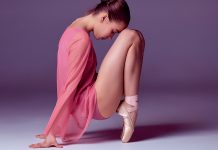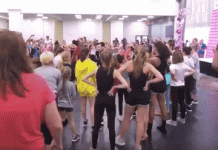Footwear, dancing surfaces, advice, strength, and flexibility are all factors that can contribute to the safety of your dancers when they are dancing whether they are learning something new or just practicing something they already know. In the end, it comes down to these 6 S’s.
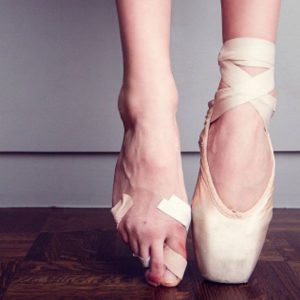
Shoes
Dancers that wear shoes that are either poorly made or ill-fitting can be at an increased risk for dance-related injuries. These injuries can be as superficial as small bruises and as painful as blisters or bunions. To keep your dancers’ feet happy and injury free, teach them about how to find good, proper fitting shoes and how to take care of their shoes to prevent injuries caused by worn out shoes.
Surfaces
Hard, unpadded dance floors can leave dancers open to injuries because they do not absorb shock or cushion the dancers as they leap and roll across the floor. Because of this, it is important to not only teach dancers in a studio with proper flooring but also to explain reasons why they should not practice on various types of flooring such as concrete especially when they are learning something new.
Speed
You don’t want your dancers to have any injuries, and you certainly don’t want them to get injuries from doing too much too soon. The speed at which a dancer learns can depend on their skill level, what they are learning, and even their self-confidence when they approach a new move. Encourage your dancers to take things at their own pace. It is always better to work toward things at a slow safe pace rather than rushing and getting injured.
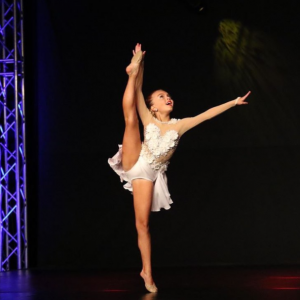 Structure
Structure
Sometimes a dancer’s limitations can be caused by their personal body structure. If a dancer has orthopedic mal-alignments especially in the knees or ankles, they may have to approach learning moves differently, or, in some cases, refrain from doing certain moves at all. It is important to know and for your dancer’s to know their body’s limits, and how to know when their bodies are telling them that they are pushing too far.
Strength
A dancer’s greatest asset is often her strength. Dancers are athletes, and because of this, they may be stronger than others their age. They may also be more willing to show off their strength than they would otherwise. It is important to show dancers that it is important to pay attention to their strength and their size and don’t try to go above and beyond the limits of their bodies at whatever stage they may currently be in.
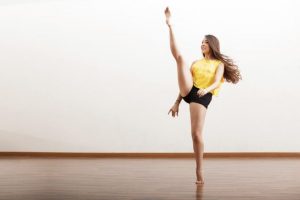
Stretching
Some dancers may feel like stretching is tedious and takes up time that they could spend doing what they love – dancing. However, decreased flexibility can cause problems as simple as not being able to perform a move and as serious as major injury. Teach dancers to appreciate stretches for the way they warm up their muscles before dance and how they help them to achieve more advanced moves.



